Sedimentation Particle Shape Analysis
- UGT - 150000
- Reduction in workload
- Complete analysis for 12 samples in 4 fractions per day possible
- Exact realisation of the prescribed measurement conditions
Laboratory apparatus to determine the particle size distribution in mineral soils in accordance with DIN ISO 11277 using 12 samples with 4 fractions (optionally 2 fractions according to the US nomenclature)
The Sedimat 4-12 works on the basis of the KÖHN analysis to DIN ISO 11277, which is so far the only rational measurement method to provide identical results for the sedimentation analysis with same dependence on the particle shape. In this method the sedimentation rate of the soil particles at 25 °C is examined using a soil sample which has been previously homogenised and separated from carbonates and organic substance so as to create the particle total curve, for example, which provides the foundation for many soil examinations.
The fine soil is composed of the fraction’s coarse silt (gU),medium silt (mU),fine silt (fU) and clay (T). The diagram below shows this composition. As a result of the different particle sizes (< 2.0 µm - < 63 µm) and shapes, the individual fractions have different sedimentation rates. A controlled sedimentation of the homogenized soil suspension can be used for separation due to the different sedimentation properties and therefore to quantify the individual parts.
The separation of the fractions is made using a pipette analysis. During the sedimentation process, defined volumes are taken in a defined height from the suspension at defined times and their solid content then determined. The manual conducting of the test contains many sources of error due to the high requirements placed on accuracy, such as deviations in the depth of submersion of the pipette or the time of taking the sample and is very laborious due to the long sedimentation rate of fine soil particles. The work is considerably reduced and accuracy improved by automating this measurement method. Subjective measurement errors are ruled out. Temperature fluctuations, vibrations and turbulence which have a great influence on the measurement accuracy are minimised. Since the work is restricted to preparing samples and their analysis, a complete KÖHN analysis on 12 samples for all four fractions can be made using the Sedimat 4-12. Exactly observing the test parameters during homogenisation, temperature control and pipetting leads to a statistically reliable result. The measure of variation on repeating the test with the same samples is < 1 % (with respect to the weighed samples) using the Sedimat.
| Submersion depth at sedimentation time at 25 °C to DIN ISO 11277 : | |
| Fraktion 1 (gU) | 20 cm – 49 s |
| Fraktion 2 (mU) | 10 cm – 4 min, 7 s |
| Fraktion 3 (fU) | 10 cm – 45 min, 52 s |
| Fraktion 4 (T) | 10 cm – 6 h, 52 min, 50 s |
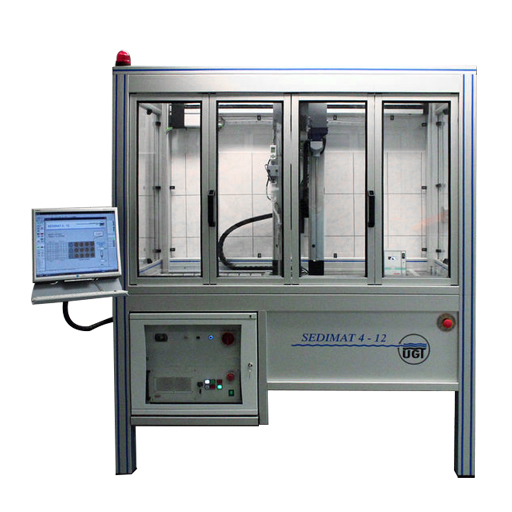


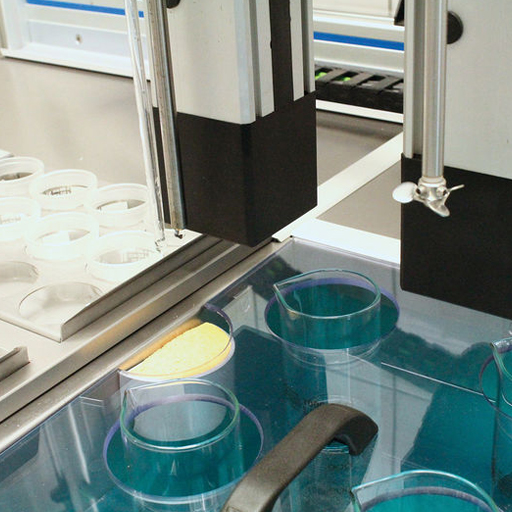
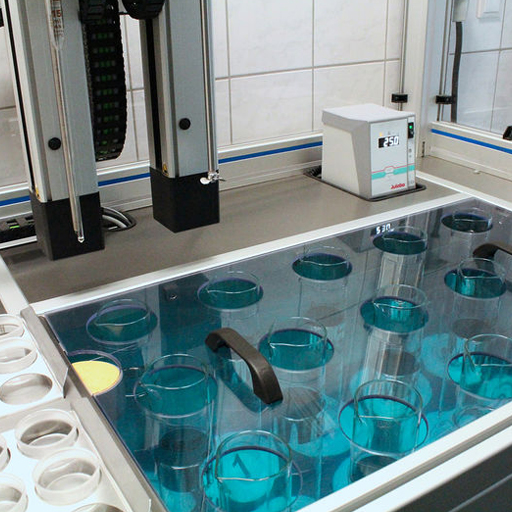

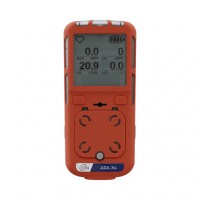
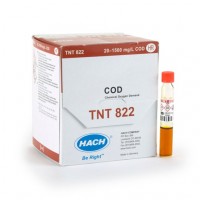
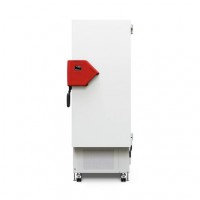
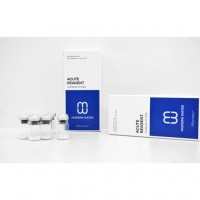

Do you have a question?
min 10 ch